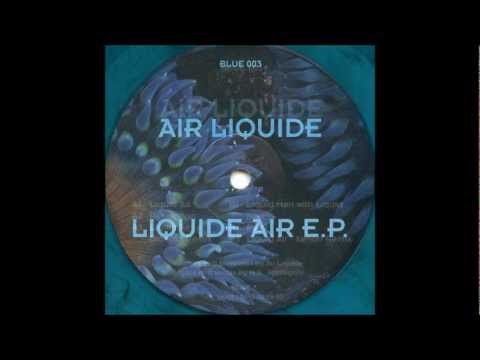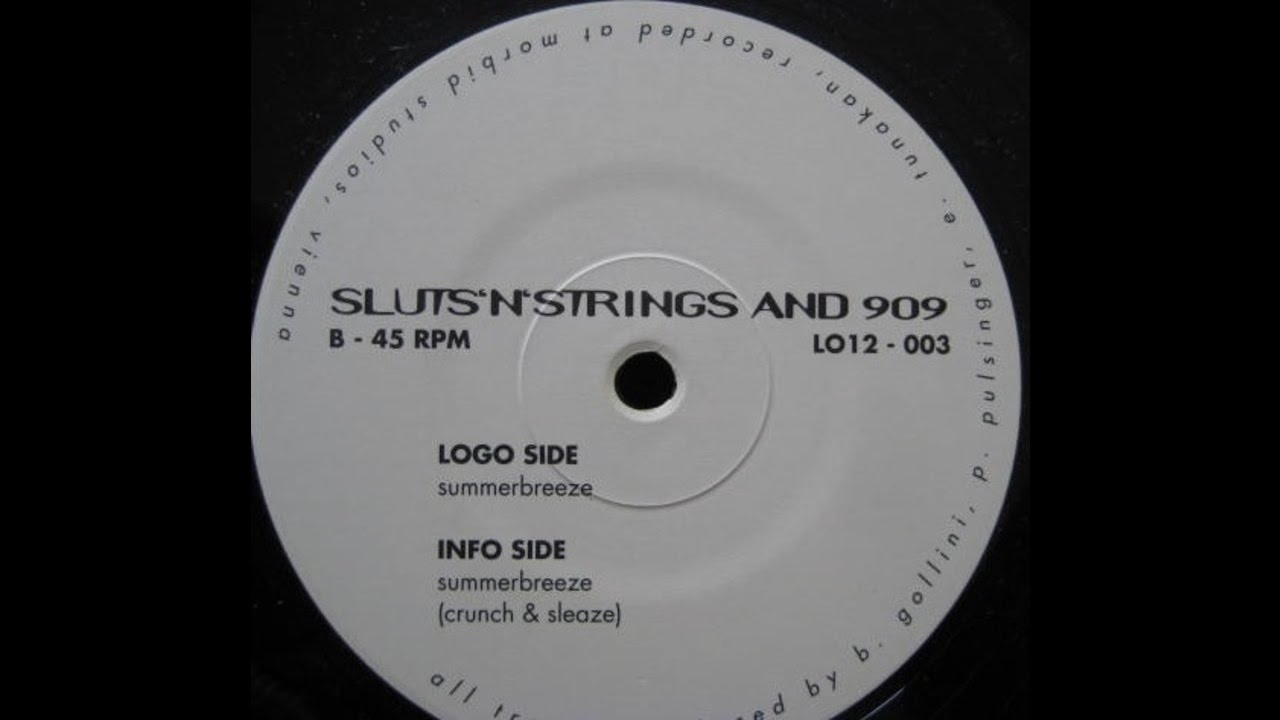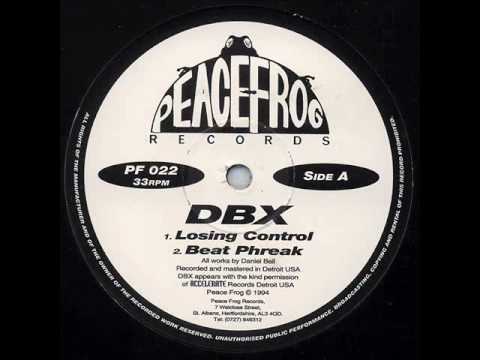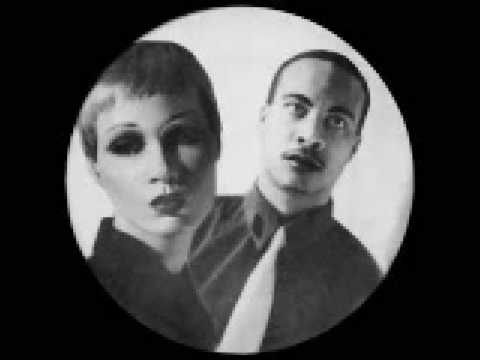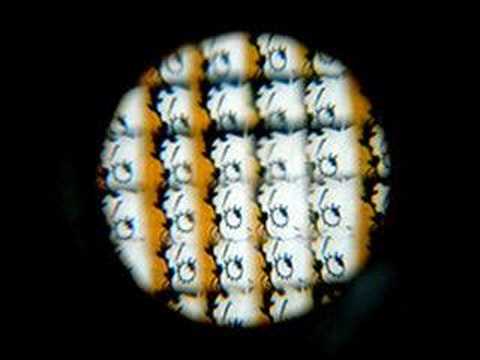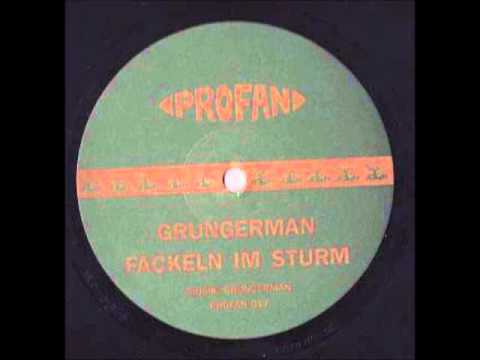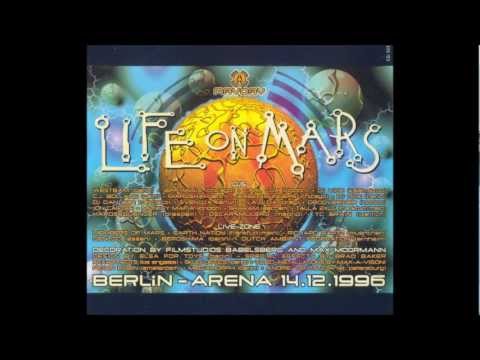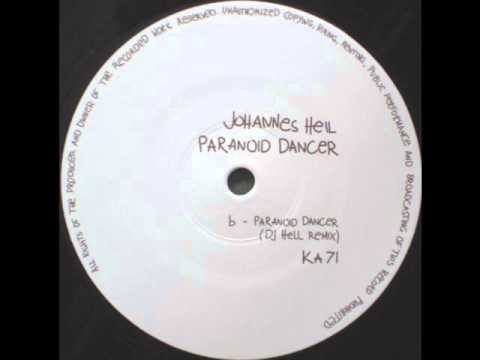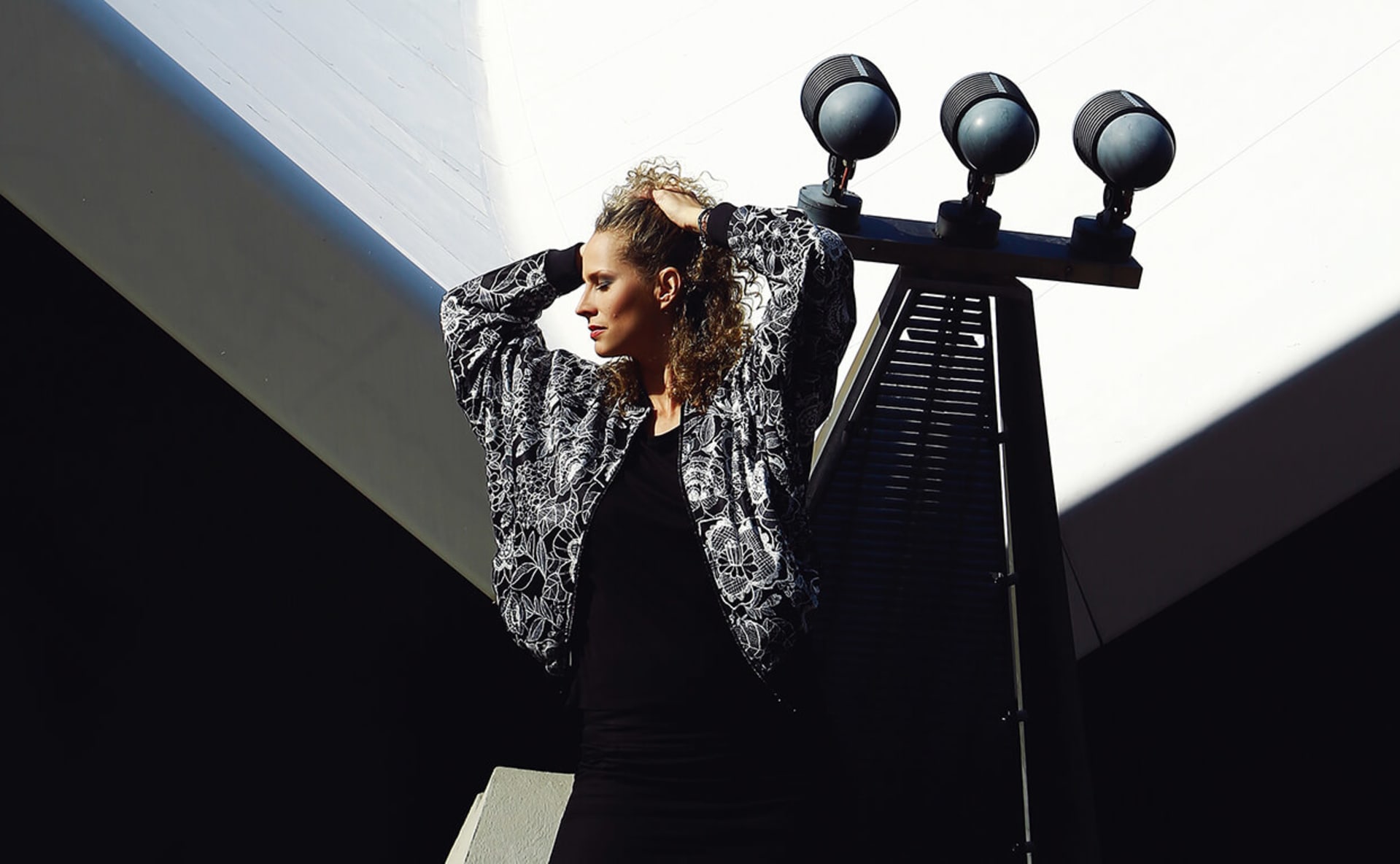
Monika Kruse’s Anthems From Munich’s ’90s Techno Temple
Munich’s Ultraschall was one of the most important techno clubs in Germany during the years it was active. Its first incarnation—which was located in the kitchen of a cafeteria at the disused Munich-Riem airport—was founded in 1994 by Dorothea Zenker, Peter Wacha (aka DJ Upstart) and David Süss. Despite this peculiar and remote location, the club became a great success. Nevertheless, it had to close in 1996 because the airport had to be demolished to make room for the city’s Messestadt Riem project. So the team installed a second Ultraschall later that year in a similarly exotic but bigger location: a former factory area of a potato product manufacturer. Although that version was also successful, it too had to close—this time due to unresolved negotiations over a renewed lease in 2003. The team behind Ultraschall then split up to run their own clubs, which dominated the next phase of Munich club culture: Harry Klein and Rote Sonne.
For nine turbulent years, the club served as the nucleus and playground for what was dubbed “the new sound of Munich,” and it was instrumental in catapulting resident DJs like Richard Bartz, DJ Hell and Monika Kruse to international underground stardom. We asked one of those regulars, Monika Kruse, to tell the story of the clubbing institution in ten tracks.
Air Liquide, “Liquid Air” (Blue 1992)
“Air Liquide were booked often in the first Ultraschall to play live. They were almost part of the family. The track ‘Liquid Air’ was not a big hit by all means—not that tracks needed to be hits in order to get played at Ultraschall. It very adequately reflects both their sound, which combined techno and acid psychedelia with ambient, and the sound and feel of the club in the early years. It was all pretty trippy, to say the least.”
Robert Armani, “Circus Bells (Hardfloor Remix)” (Djax-Up-Beats 1993)
“Acid played an important role at Ultraschall, but even more important was the sound of Chicago and Detroit. Enter Djax-Up-Beats, which was one of the key labels back then. Miss Djax’s label successfully managed to bridge European techno with the tracky roughness from the original sources in Chicago and Detroit. I absolutely loved the Hardfloor remix of ‘Circus Bells’. It represented both the American and European sound perfectly.”
https://www.youtube.com/watch?v=KEvzS0SN9Xc
Sluts’n’Strings & 909, “Summerbreeze” (Loriz Sounds 1993)
“There was a vital exchange between Viennese artists—mostly from the Cheap label posse—and the Munich label Disko B, which was operated by one of the Ultraschall owners, DJ Upstart. He booked artists from Cheap like Patrick Pulsinger, and we headed over for Disko B label nights in Austria. When the Austrians played at Ultraschall, there were always elements of surprise between morbid music, serious techno or the occasional house track. This ‘anything goes’ attitude within the Austrian sound was very close to the spirit of Ultraschall.”
K-Hand, “Global Warning” (Warp 1994)
“This one is intense. I always got goosebumps when I played it. Many artists from Detroit were booked then. Jeff Mills played the opening night, for example. Among regular guests were also Underground Resistance, Juan Atkins, Blake Baxter and K-Hand. For me, ‘Global Warning’ is a very emotional track. It has this dark intensity mixed with the funkiness of most techno tracks that came out of Detroit back then.”
https://www.youtube.com/watch?v=Q7eRAuD7qZs
DBX, “Losing Control” (Accelerate 1994)
“This track illustrates the overall feeling we had at Ultraschall: ‘I am losing control.’ DJs played in the toilet facilities; Robert Görl of DAF once performed a ten-hour live set at the entrance door; Matthew Hebert sampled crisp packets for his live set; there was huge bed in the middle of the dance floor on an ambient-themed weekend. There was something happening every weekend, and DJs and guests shared the feeling of being completely detached from reality, losing control of everyday life. And thus the track fit extremely well, of course!”
Dopplereffekt, “Pornoactress” (Dataphysix Engineering 1996)
“‘Pornoactress’ was just a really great track that a lot of us played often. Electro always had its place at both Ultraschall incarnations—but at Ultraschall 2 it became in some sense poppier. You could also say that of the development of the club’s sound in general. Dopplereffekt was a perfect example of that, as was DJ Hell’s International Deejay Gigolo label, which he started around the same time Ultraschall 2 opened. Back then there was a lot of electro or electro boogie on the playlist, as well as the occasional drum & bass track.”
I-F, “Space Invaders Are Smoking Grass” (Viewlexx 1997)
“Ultraschall was always very open for all kinds of musical styles. We resident DJs like Captain Reality, Lester Jones, DJ Hell, Barbara Preisinger and I all had our own individual sounds. The guest DJs defined the sound of the club even more. Viewlexx and I-F in particular became a strong presence at Ultraschall 2. The club’s co-owner, Upstart, even released the first two I-F albums on Disko B, which label was basically an extension of the club. In that sense Ultraschall opened a lot of doors for a lot of DJs, producers and labels, who in turn were pretty instrumental in creating the overall experience.”
Grungerman, “Fackeln Im Sturm” (Profan 1997)
“Ultraschall loved Cologne humor and its DJ and producer scene, but I would not claim that of the Munich techno scene in general. The first Ultraschall always was an island. The club was like its location in the airport outside of Munich: off the beaten track. The club, its sound and its regulars were somehow not like Munich; a bit more to the left politically; alternative; punkish; crazy. Cologne artists like Mike Ink, Michael Mayer, Burger and Reinhardt Voigt were very welcomed guests, and their tracks were often played.”
Richard Bartz, “Ghettoblaster” (Kurbel 1997)
“I think Richard Bartz had already snuck into the club when he was 17, and he was definitely inspired by the Ultraschall experience and the ferocity and leeway it offered. As he later released on Disko B and became producer for DJ Hell, he also surely became a very influential figure in shaping the Ultraschall sound. It was not easy to choose only one of his tracks. I went with ‘Ghettoblaster’ since it has a catchy undercurrent rooted in house that you don’t really find in many of his tracks—especially not in his early stuff as Acid Scout. ‘Ghettoblaster’ was a big favorite with us residents, and it was pretty much on heavy rotation.”
Johannes Heil, “Paranoid Dancer (DJ Hell Remix)” (Kanzleramt 2002)
“I chose this track because it perfectly summarized the former sound of DJ Hell and Johannes Heil and because it illustrates the techno feeling of the last Ultraschall years very well. It was a bit sinister, as we were all a bit paranoid in Munich then because the second Ultraschall had opened right in the center of the city. Whereas before Ultraschall 1 was a bit outside on the periphery of the city, where we pretty much ran wild, unattended. It was different after the club moved. There were lots of other (non-techno) clubs on the same premise, which was called Kunstpark Ost, and it was monitored more heavily by the police, who didn’t handle us ravers with kid gloves. And you also suddenly had to deal with all these ‘normal’ people on the way to the club, which I found stressful at times and which was another reason why ‘Paranoid Dancer’ fitted so well.”
Monika Kruse and Pig&Dan’s ‘Get Me On’ is out now on Terminal M. You can buy it here.
Published June 15, 2017.

